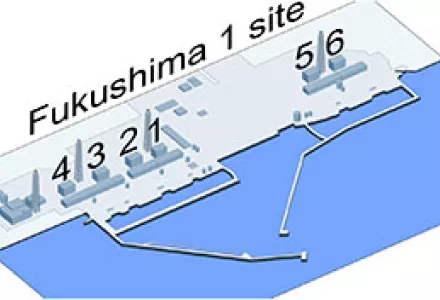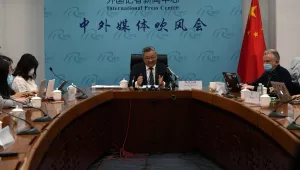Will the U.S. Learn the Lessons from Fukushima?
In the aftermath of the March 2011 Fukushima Daiichi accident, the U.S. Nuclear Regulatory Commission convened a task force to assess whether it needed to make any changes to its safety regulations. The task force produced a 100-page report with 12 detailed recommendations for fixing the many problems they found. Yet the NRC decided on a course of action that falls far short of the fundamental reforms sought by the task force. In this Project on Managing the Atom Seminar, Edwin Lyman of the Union of Concerned Scientists will describe some of the lessons of Fukushima and the NRC’s progress to date in addressing them.


